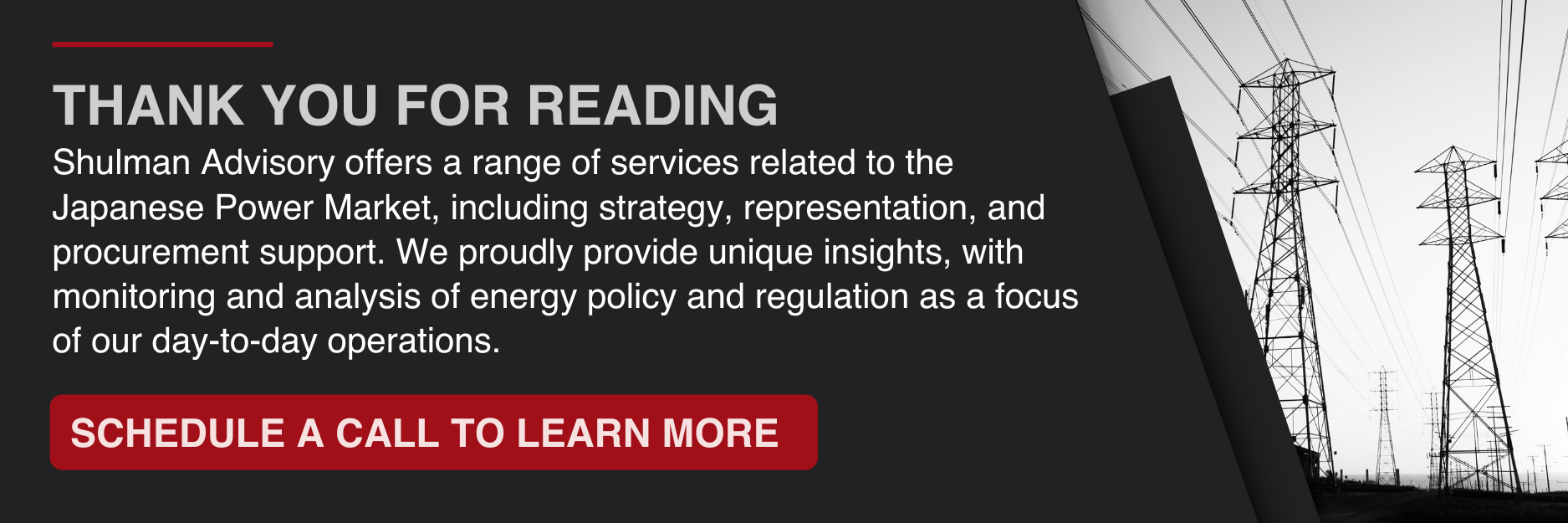Publication date: April 7, 2024
On March 27, METI reported that renewable energy generation capacity operating under the Feed-in-Premium (FIP) system had increased by 150% since October 2023. The number of renewable projects certified under the FIP system rose even more significantly, almost quadrupling in the same period. The increases show how successful the scheme has been over recent months.
Japan’s FIP system was introduced in April 2022 to promote the deployment of renewable energy by offering financial support to renewable energy producers. Unlike the Feed-in-Tariff (FIT) system, which guarantees a fixed price per unit of electricity generated, the FIP system provides a premium on top of the market price for electricity. Under FIP, renewable energy generators sell their electricity directly to the market at the prevailing market price, plus an additional payment from the government.
METI Certification: Fueling Renewable Energy Growth
To be eligible for the premium payments, renewable energy projects must be certified by METI, which involves verifying the technical and operational aspects of the project to ensure compliance with the government’s standards.
At the March 27 meeting, METI explained that, as of the end of February 2024, certified capacity under the FIP system (including both new certifications and projects shifting from FIT certifications to FIP certifications) was approximately 1507MW across 1036 projects. This represents the 150% and 400% increases in capacity and projects respectively since the Autumn of last year, signaling growth in #energy providers’ use of the FIP system.
The increases in projects and capacity are broken out as follows:
- Solar power accounted for 518MW across 955 projects
- Wind energy accounted for 416MW across 20 projects
- Geothermal accounted 2MW from 1 project
- Hydropower accounted for 238MW across 38 projects
- Biomass accounted for 332MW across 28 projects
In terms of project scale, the utilization of the FIP system is progressing positively in low-voltage solar power projects for business use with less than 50kW. In fact, METI found that the share of low-voltage solar projects is much higher in Japan than in Europe, and the generation capacity per project operator tends to be small. Most projects of this size are still eligible for the FIT system, which offers greater price stability, and the fact that developers have opted for the FIP instead is clear evidence of its success.
Overall, the growth in utilization of the FIP system is positive news for both METI and consumers, as market-tied premiums foster competition between developers and incentivize innovation among generators to manage their operations in tandem with the wholesale price, whilst simultaneously reducing the burden of former FIT-related consumer costs.

________________________________________________________________________________________

